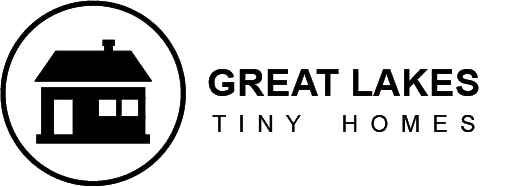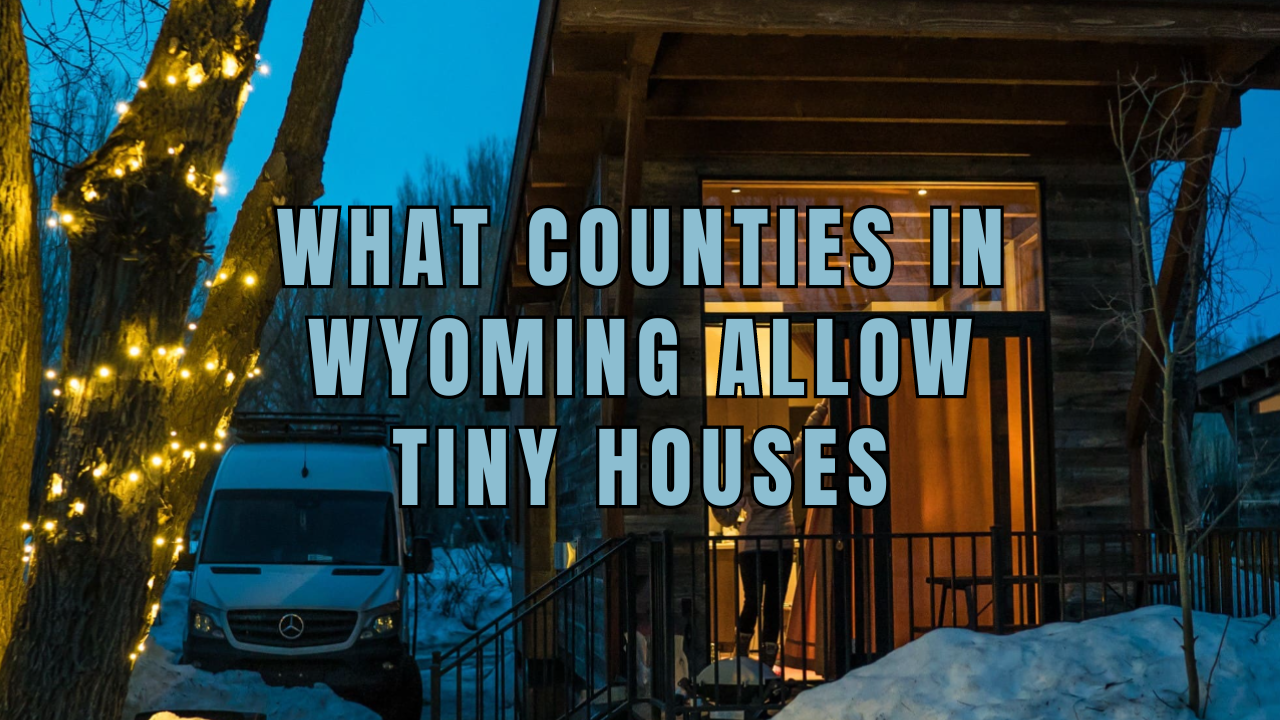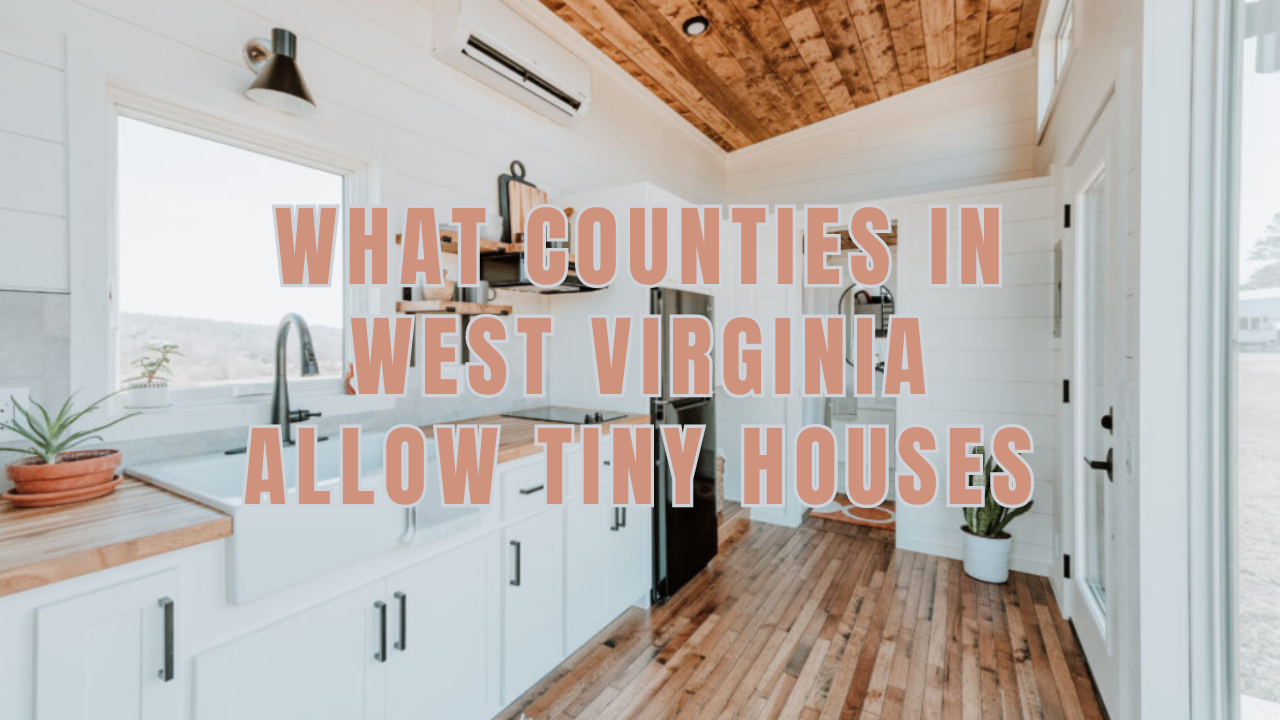Are you considering buying a tiny house in Minnesota? If so, be aware of the rules and regulations regarding tiny houses in the state. Minnesota’s zoning code and regulations vary by county, allowing tiny houses as accessory dwelling units (ADUs).
As the demand for affordable housing options grows, some counties in MN have started to designate areas where tiny homes can be located. It’s crucial to understand the specific zoning codes and regulations that apply to tiny homes in the county you are interested in.
Tiny House Prices in Minnesota
After starting your tiny house project, you’re probably wondering what the cost possibilities are that will satisfy both your compact living goals and your budget.
Various elements influence the price, each of which is unique. The usual price is from $30,000 to $90,000, but you may need to budget for supplies, fixtures, and permits. However, to help you move closer to your living project, you can look at Minnesota tiny houses for sale!
What Counties in Minnesota Allow Tiny Houses?
Building, zoning, and HUD ordinances in Minnesota define the rules and restrictions about tiny dwellings. One important piece of legislation governing small dwellings in the state is the Minnesota Residential Code. In particular, Appendix Q Tiny House of the Minnesota Residential Code is a set of guidelines that govern the construction of tiny dwellings throughout the state.
Ramsey County
St. Paul, the state capital, and Ramsey County are home to small house proponents. Ramsey County allows small dwellings under particular zoning restrictions, despite having a more metropolitan terrain than neighboring counties. People may embrace a simple lifestyle and still enjoy the energy of the city, thanks to this balance between urban and rural areas.
Dakota County
Located in the southeast, Dakota County is renowned for its parks and kid-friendly neighborhoods. Tiny home fans may rest easy here because the county permits them under certain restrictions. By following these rules, the county’s visual appeal is maintained and small dwellings are guaranteed to mix in nicely with the current architectural environment.
Tiny House Regulations And Rules In Minnesota
The Minnesota State Building Code, which offers instructions for building site-built and prefabricated small houses, applies to tiny houses in Minnesota. As recreational vehicles (RVs), tiny houses on wheels need to meet the regulations set out by the US Department of Housing and Urban Development (HUD).
Consider the following regulations:
- All livable areas must have ceilings at least six feet eight inches high.
- Kitchens and bathrooms may have lower ceilings. It must still be at least 6 feet 4 inches, though.
- Beams, ducts, and lighting, among other construction impediments, cannot be hung too low. They have to be higher than the lowest part of the ceiling.
- The top of a loft is less than six feet and eight inches. They must also have a minimum space of 35 square feet. They must all have horizontal measurements longer than five feet.
- Install loft protectors on the open side.
- Loft guards must have a minimum height of 36 inches. As an alternative, they may be half as tall as the ceiling. That would be the least of the two.
- Appendix Q states that tiny homes have emergency escape and rescue apertures that comply with Section R310.
- Additionally, roof access windows must adhere to the specifications listed in Section R310.
- Installing windows requires them to be at least 44 inches above the loft’s floor.
- Tiny homes on wheels are considered RVs and are not allowed to be larger than 400 square feet, but tiny homes constructed on-site must have a minimum space of 400 square feet.
Permanent Structure Rules
Whether prefabricated or built on-site, a permanent small home building in Minnesota is subject to the Minnesota State Building Code. It entails adhering to different standards, including the National Electrical Code, the Minnesota Energy Code, the Mechanical Code, and the Plumbing Code.
- The building’s ability to support different loads, keep a minimum room temperature, and supply enough natural light and ventilation are all requirements for builders.
- Additionally, each small house includes emergency exits and at least one 120-square-foot usable room.
- It is required to have safety measures like carbon monoxide detectors and smoke alarms.
To prove conformity with the State Construction Code, each construction module for prefabricated structures has a permanent seal and data plate attached to it. In 2020, a new permit and plan evaluation system was introduced to expedite the procedure. Before submitting a permission application, contractors and builders must connect their license numbers.
Temporary Structure Rules
Since they are classified as recreational vehicles, tiny houses on wheels (THOWs) are subject to strict zoning and building laws. They have to get certification from the RVIA or NOAH and adhere to the NFPA 1192 Standard for Recreational Vehicles. Though THOWs must meet the same regulations as conventional dwellings, there are no minimum size restrictions.
Transitional Structure Rules
Minnesota also recognizes small dwellings as a type of transitional housing. A measure that takes effect on January 1, 2024, would permit religious organizations to construct holy communities of microunits to house specific groups, subject to restrictions on construction requirements, sewage disposal, and utility access. Landlord-tenant rules will apply to these areas, and yearly certification is required to guarantee compliance.
In Minnesota Where Can I Build A Tiny House?
Your tiny house’s location is vital. Choose a licensed small house builder to help you with the procedure, handle every piece of paper, and ensure your home satisfies building requirements.
Building a tiny house is a large project, but it isn’t going to be unpleasant. The following are common locations for small homes:
- RV parks
- National Parks and campgrounds
- Tiny house communities
- Private properties
Tiny House Communities in Minnesota
In Minnesota, people can permanently reside in small houses as long as they meet the same requirements as ordinary residents. The state has many small home communities that provide locations specifically for tiny dwellings, including The Sanctuary Minnesota Village and Avivo Village.
Sanctuary Minnesota Village
The Sanctuary is a tiny home hamlet perched atop 80 acres of forested paths near St. Paul, Minnesota. There are parking spots for small dwellings in the Sanctuary Minnesota Village. Within the main home, there are many common areas where residents may enjoy shared facilities.
Avivo Village Community
The Avivo Village Community is situated in Minneapolis and provides housing and support services for individuals and families experiencing homelessness, mental health challenges, and substance use disorders. The community offers a safe and stable environment, along with resources such as case management, vocational training, and life skills development. Avivo Village is committed to empowering residents to rebuild their lives and achieve independence.
Tiny House Builders Near Me
You can pick your ideal home without having to search for local builders thanks to Great Lakes Tiny Homes, which provides a variety of tiny house designs with countrywide delivery.
Furthermore, RV Industry Association (RVIA)-certified constructor Great Lakes Tiny Homes is dedicated to the strictest adherence to construction, safety, and regulatory rules for small homes and the highest production standards.
Do I Need a Certified Builder?
The short answer is yes, you need it!
Dealing with a builder who has earned RVIA certification, such as Great Lakes Tiny Homes, guarantees that the tiny house you purchase complies with laws and regulations.
It also ensures that the materials in your house are high-quality, long-lasting, and safe.
Working with a registered builder also offers easier access to insurance coverage and financing choices. Your tiny house is guaranteed to be a safe and livable space, provided it complies with RVIA requirements.
FAQs
Can You Make a Tiny House in Minnesota Your Main Residence?
In Minnesota, it is possible to live permanently in a tiny dwelling.
However, keep in mind that local laws and ordinances may differ. The best course of action is to find out whether your tiny home complies with every regulation and law that applies, including inspection requirements, by contacting your local zoning and authorities.
To get the benefits of a more straightforward, environmentally friendly lifestyle in Minnesota, research and collaborate with licensed builders.
I Want to Utilize My Small House as an Auxiliary Dwelling Unit, but Can I Park It in My Backyard?
As long as you follow local zoning and land use laws, you are welcome to park your tiny home in your backyard and utilize it as an auxiliary dwelling unit. Check the regulations in your jurisdiction since there can be limits on auxiliary housing units in some places.
In Minnesota, Is It Legal to Rent Out My Tiny Home on My Land?
In Minnesota, you can lawfully rent out your small house on your land, provided that local land use and rental laws are followed. Understand the legal requirements and secure the necessary permissions before engaging in any rental activity.
Conclusion
Minnesota is relatively tiny-house-friendly, with a supportive meter score of 7 out of 10. However, individuals need to research and understand local zoning and building regulations. For those interested in tiny house living, consulting with a structural engineer or building professional is advisable to ensure compliance with regulations and to determine the most suitable foundation based on local conditions.





